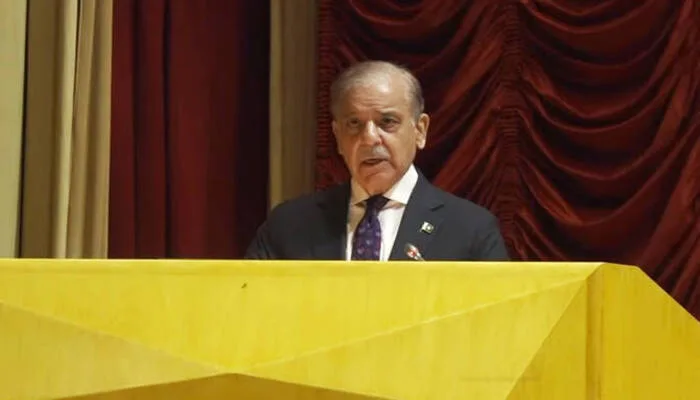China Launches Tianwen-2 on Historic Space Mission

China has taken a bold leap in space exploration with the launch of Tianwen-2, its first asteroid sample-return mission. The spacecraft blasted off aboard a Long March 3B rocket from the Xichang Satellite Launch Center during a dramatic nighttime liftoff, marking a historic moment in the nation’s space ambitions.
Journey to a Near-Earth Asteroid
Tianwen-2 will travel nearly 10 million miles over the next year to reach a small near-Earth asteroid. The mission aims to study primordial materials from the early solar system—key to understanding planetary formation and possibly the origins of life.
According to mission planners, the probe will arrive at its target in July 2026. Once there, it will execute a delicate operation to collect rock and soil samples. After the collection, a return capsule will bring the material back to Earth with a planned landing in November 2027.
Read: The Lie of Peace: Why the Two-State Solution Betrays Palestine
Global Space Milestone
If successful, China will join an exclusive club of spacefaring nations—Japan and the United States—that have achieved the complex task of retrieving asteroid samples. These missions provide scientists with untouched space material that may hold clues about how planets and organic molecules formed billions of years ago.
Building on Past Success
Tianwen-2 follows the success of Tianwen-1, which landed a rover on Mars in 2021. That mission showcased China’s rising capabilities in planetary science and robotics. Now, with Tianwen-2, China is pushing further into deep space, demonstrating technical expertise and long-term vision.
A Step Toward the Future
This mission is not just about collecting asteroid samples. It also serves as a critical step toward building deeper interplanetary missions. By mastering complex return techniques and extended spaceflight, China positions itself for future projects that could include Mars sample-return missions or even crewed deep-space exploration.
As Tianwen-2 begins its multi-year journey, it signals China’s growing presence in the competitive field of global space science.
Follow us on Google News, Instagram, YouTube, Facebook,Whats App, and TikTok for latest updates












